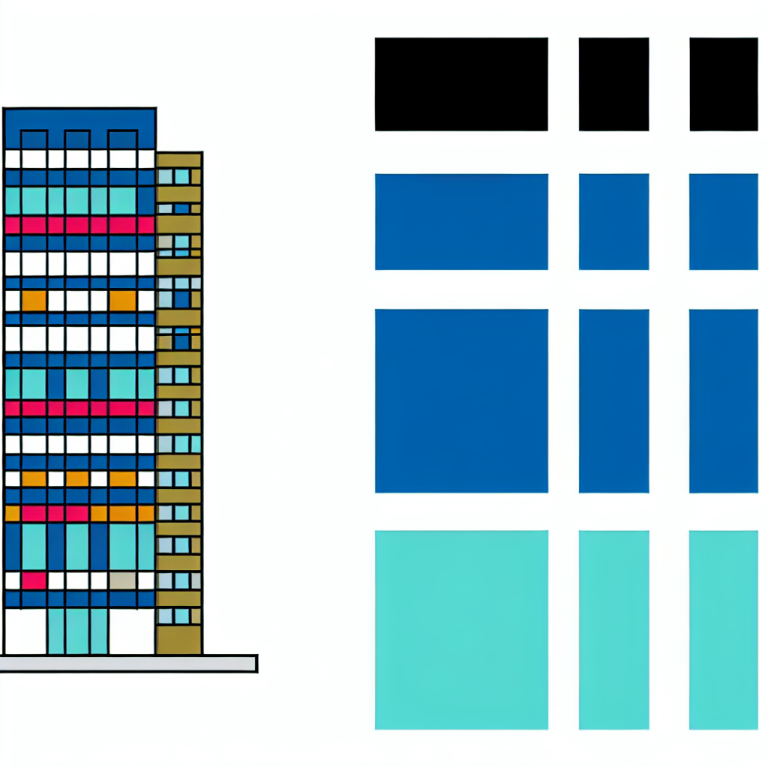One of the most critical issues in building construction is preventing the propagation of failure, which can lead to catastrophic collapses. Current design methods focus on increasing connectivity between building components to redistribute loads after a failure occurs. However, this approach can sometimes backfire, as collapsing elements can bring down other parts of the building that were previously unaffected. This is especially concerning in the case of large initial failures, which are often the cause of major collapses.
To address this issue, a new design approach has been introduced to stop the spread of collapse after significant initial failures. This method ensures that certain elements fail before the most critical components for overall stability are compromised, effectively separating the structural system into different parts to isolate the collapse. The efficacy of this approach has been validated through experimental tests on a full-scale building specifically designed for this purpose.
The proposed design approach provides an additional layer of defense for buildings, particularly critical in the face of increasing frequency and intensity of extreme events that can trigger collapses. Past disasters have resulted in significant economic losses and loss of life, with building collapses being a leading cause. These collapses often stem from local-initial failures that can occur due to a variety of extreme events, from natural disasters like earthquakes and floods to human errors in construction or design.
Current robustness design methods aim to prevent collapse initiation after an initial failure by enhancing connectivity within the structure. While this can be effective in some cases, it may not be sufficient for larger initial failures, ultimately leading to the collapse of the entire building. The high incidence of major collapses caused by substantial initial failures underscores the need for a more effective approach to building resilience.
Traditionally, efforts to enhance structural robustness have focused on preventing collapse initiation rather than propagation, mainly due to the lack of connectivity that led to the Ronan Point tower collapse in 1968. The new hierarchy-based design approach draws inspiration from nature, specifically how lizards shed their tails to evade predators.
By controlling the hierarchy of failures in a building’s structural system, the new design approach ensures adequate connectivity under normal conditions while also allowing for the controlled separation of segments to prevent collapse propagation after a major failure. This innovative method has been successfully applied to framed building structures and validated through computational simulations and partial collapse tests on a full-scale building.
In conclusion, the hierarchy-based collapse isolation design offers a promising solution to prevent the catastrophic spread of collapse in buildings after significant initial failures. As the world faces an increasing risk of extreme events, it is imperative to implement resilient building design strategies that can withstand unforeseeable incidents and mitigate the devastating impacts of building collapses.




